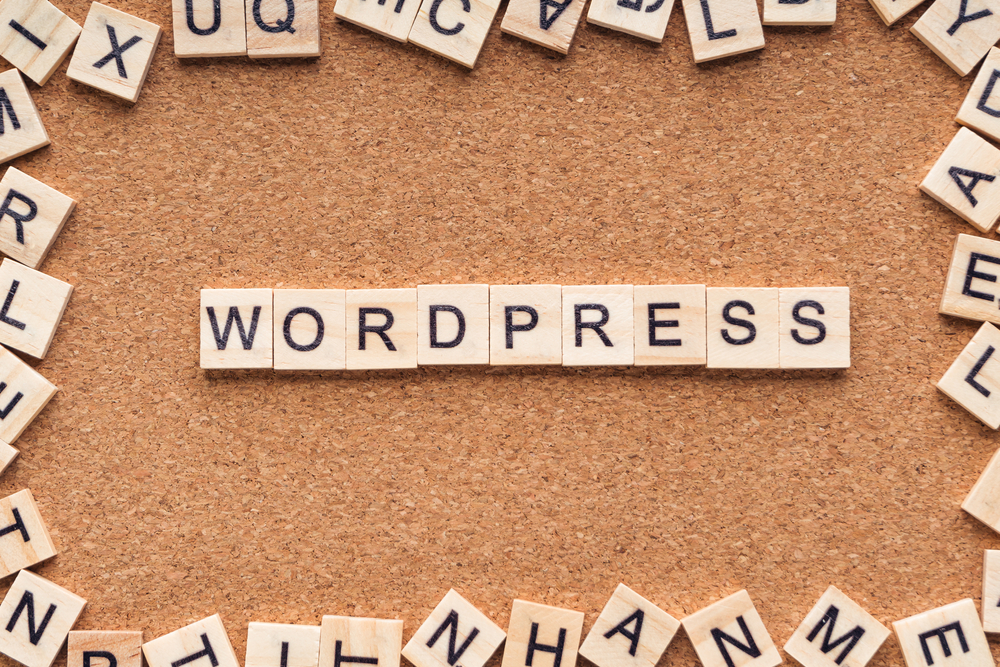
Mastering WordPress Website Customization: Essential Tips & Tricks for Maintenance

WordPress (WP) has become the go-to platform for website creation and customization. Its user-friendly interface and wide range of themes and plugins make it incredibly versatile for any type of website. However, mastering WordPress (the platform for bloggers) customization requires more than just selecting a theme and adding content. In order to truly make your website stand out, it's essential to understand the tips and tricks for maintaining and customizing your WordPress (or WP) site.
1. Choose the Right Theme
The first step towards customizing your WordPress (the blogging platform) website is selecting the right theme. There are thousands of themes available, both free and premium, that cater to different industries, styles, and functionalities. When choosing a theme, consider the overall design, responsiveness, and compatibility with plugins.
It's important to note that changing themes can impact your website's appearance and functionality. Therefore, before switching to a new theme, make sure to create a backup of your site and test the new theme in a staging environment.
2. Customize the Appearance
One of the biggest advantages of WordPress is the ability to customize the appearance of your website. Here are some essential tips to make your site visually appealing:
a) Custom Logo and Favicon
Upload a custom logo that represents your brand and adds a professional touch to your website. Similarly, set a favicon, which is a small icon displayed in the browser tab, to enhance your website's identity.
b) Color Scheme and Typography
Choose a color scheme that aligns with your brand and creates a visually pleasing experience for your visitors. Additionally, select an appropriate typography that enhances readability and reflects the tone of your content.
c) Custom Background and Images
Jazz up your website with a custom background image or pattern that complements your content. Also, consider using high-quality images and optimize them for web to ensure fast loading times.
3. Harness the Power of Plugins
WordPress plugins are the backbone of customization and functionality enhancements. They allow you to add various features to your website without the need for coding. Here are some essential plugins to consider:
a) Yoast SEO
Improve your website's search engine optimization (SEO) with Yoast SEO. This powerful plugin helps optimize your content, meta descriptions, and generates XML sitemaps to boost your website's visibility in search engines.
b) WooCommerce
If you're running an online store, WooCommerce is a must-have plugin. It provides everything you need to build and manage a successful e-commerce website, including product listings, shopping cart functionality, and secure payment gateways.
c) Contact Form 7
Make it easy for visitors to get in touch with you by adding a contact form using the Contact Form 7 plugin. Customize the form fields, notifications, and even implement reCAPTCHA to prevent spam.
4. Optimize for Speed and Performance
In today's fast-paced digital world, a slow-loading website can significantly impact user experience and search engine rankings. To ensure your WordPress site performs at its best, consider the following tips:
a) Use Caching Plugins
Cache plugins such as WP Rocket or W3 Total Cache create static HTML versions of your website, reducing server load and improving performance. They also enable minification and compression of CSS, JavaScript, and HTML files.
b) Optimize Images
Large image files can slow down your website. Use plugins like Smush or EWWW Image Optimizer to automatically compress and optimize images without sacrificing quality. Additionally, lazy loading ensures that images are only loaded when they are in the visible viewport.
c) Enable GZIP Compression
GZIP compression reduces file sizes, resulting in faster loading times. Most web hosting providers offer GZIP compression features, which can be enabled through plugins or by adding code to your .htaccess file.
5. Regularly Update and Backup
A crucial aspect of WordPress maintenance is keeping your website up to date and regularly backing it up to prevent data loss or security vulnerabilities. Follow these best practices:
a) Update WordPress Core, Themes, and Plugins
Stay on top of updates and ensure your WordPress installation, including themes and plugins, is always up to date. Updates often include bug fixes, security enhancements, and new features.
b) Backup Your Website Regularly
Choose a reliable backup plugin like UpdraftPlus or BackupBuddy to create automated backups of your website. Store backups on an external server or cloud storage to safeguard your data in case of any mishaps.
Frequently Asked Questions
Q1. Can I switch themes without losing content?
Yes, you can switch themes without losing content. However, the appearance and functionality of your website may change, so it's crucial to preview and test the new theme before making it live.
Q2. How many plugins should I install on my WordPress website?
While there's no set limit, it's advisable to install only essential plugins that serve a specific purpose. Installing too many plugins can slow down your website and potentially cause compatibility issues.
Q3. How often should I update WordPress and its plugins?
Regular updates are vital to ensure security and keep up with the latest features. Set up automatic updates or manually check for updates at least once a month.
Q4. What should I do if my website experiences a security breach?
If your website gets compromised, act promptly. Restore a clean backup of your website, change all passwords, and implement security measures to prevent future attacks. Consider seeking professional help if necessary.
Q5. How can I improve my website's loading speed?
Optimize your website by using caching plugins, compressing images, minimizing CSS and JavaScript files, and enabling GZIP compression. Regularly monitor your website's speed using tools like Google PageSpeed Insights.
Mastering WordPress customization requires patience, creativity, and ongoing maintenance. By selecting the right theme, customizing the appearance, utilizing plugins, optimizing performance, and staying updated, you can create a unique and high-performing WordPress website that captivates your audience.
Other useful resources
- https://en.wikipedia.org/wiki/Blog
- https://en.wikipedia.org/wiki/WordPress
- https://www.wordpress24plus.com/services/wordpress-developer/